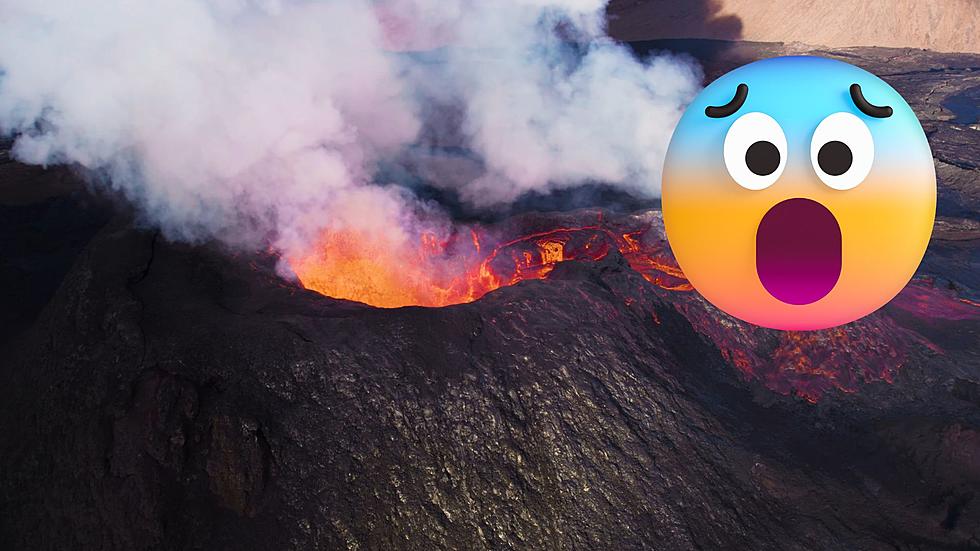
How Long Should You Really Warm Up Your Car in North Dakota?
I will be the first to confess that I am a complete and utter wuss! If you are anything like me, winter is just no fun. Conditions that are chilly and windy, as well as roadways that are ice, all contribute to making life miserable. The other day, when I was starting my car after lunch, a friend of mine even called me a wuss. I was shocked by his comments. My seat and steering wheel are both heated; is it my fault that they are? The car has to be started for that stuff to work. However, he does make a valid point in his argument. Do we really need to let the car warm up for that long?

It's simple to see why getting into a warm car on a chilly day is appealing. Some motorists think the engine benefits from letting the car warm up before driving. But is this the best course of action?
John Ibbotson, head mechanic at Consumer Reports, advises that in chilly weather, it makes sense to let the engine run for one minute before driving. He does stress, though, that other than warming the cabin and clearing the windshield, there's no reason to operate it for an extended amount of time. Additionally, it has a major disadvantage in that it produces pollution and fuel waste
According to Ibbotson, the engine is thoroughly lubricated long before it reaches its maximum working temperature. Oil drains to the bottom of the oil pan when an automobile is left idle. When the engine is started, the oil pump quickly circulates the oil, lubricating all required moving parts. A cold engine idles at 1,200 rpm or higher, effectively finishing the lubricating process. In addition to routine maintenance, allowing the engine to lubricate itself can help modern engines last 200,000 miles or beyond.
Modern cars reach full lubrication in 20 to 30 seconds, unlike older engines. The engine may not be completely warm when you start the vehicle, put on your seat belt, and settle in, but it will be sufficiently lubricated to allow for safe driving.
It's best to let the car run for about a minute in the cold. The fastest approach to warm the engine is to drive, even though some drivers like to idle for 20 minutes or longer to warm everything, even the cabin. But it's important to wait to rev the engine vigorously in the first few minutes of driving until the temperature gauge stops reading cold. Driving the automobile heats it quickly in terms of comfort as opposed to idling it for a long time, which merely wastes gas. When it has been as cold as it has been, I am more than willing to buy more gas!
LOOK: The most extreme temperatures in the history of every state
Gallery Credit: Anuradha Varanasi

LOOK: The most expensive weather and climate disasters in recent decades
Gallery Credit: KATELYN LEBOFF
More From KEYZ AM 660









